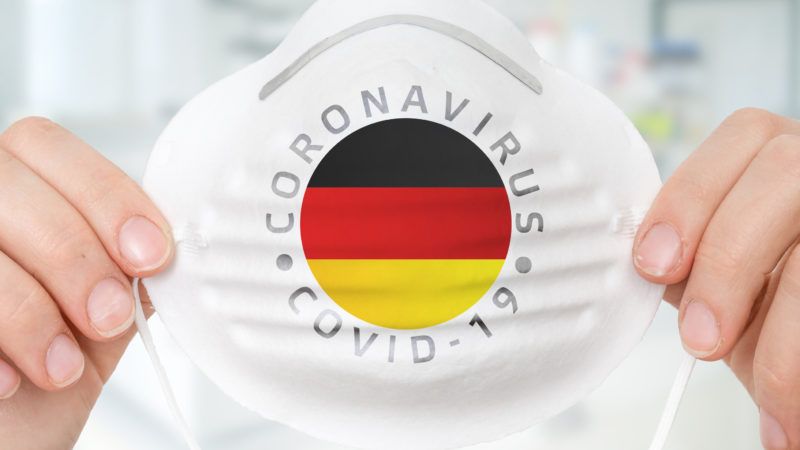Preliminary German Study Shows a COVID-19 Infection Fatality Rate of About 0.4 Percent
Good news from a population screening study

Preliminary results are out from a COVID-19 case cluster study in one of the regions worst hit by Germany's coronavirus epidemic. They are somewhat reassuring.
One often-heard statistic is the "case fatality rate"—that is, the percentage of people diagnosed with a disease who will die of it. This afternoon that figure stands at 3.5 percent for COVID-19 in the U.S., but this rate is significantly inflated because it does not count asymptomatic cases or undiagnosed people who recover at home. What we really need to know is the infection fatality rate: the percentage of all the people infected who eventually die of the disease. That's what the German study attempts to do.
Over the last two weeks, German virologists tested nearly 80 percent of the population of Gangelt for antibodies that indicate whether they'd been infected by the coronavirus. Around 15 percent had been infected, allowing them to calculate a COVID-19 infection fatality rate of about 0.37 percent. The researchers also concluded that people who recover from the infection are immune to reinfection, at least for a while.
For comparison, the U.S. infection fatality rates for the 1957–58 flu epidemic was around 0.27 percent; for the 1918 Spanish flu epidemic, it was about 2.6 percent. For seasonal flu, the rate typically averages around 0.1 percent. Basically, the German researchers found that the coronavirus kills about four times as many infected people than seasonal flu viruses do.
The German researchers caution that it would be wrong to extrapolate these regional results to the whole country. But they also believe these findings show that lockdowns can begin to be lifted, as long as people maintain high levels of hygiene to keep COVID-19 under control.


Show Comments (175)